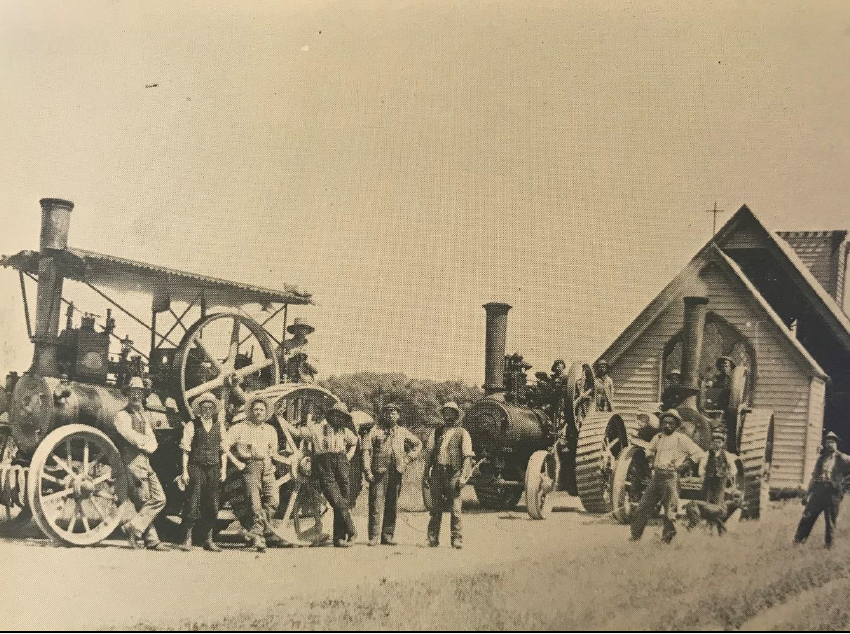The original St Mary's Church
The religious needs of Canterbury were originally fulfilled by Rev. Henry John Chitty Harper, who was appointed the Bishop of the Canterbury Diocese in 1854. In 1859 the Rev. George Foster was appointed to minister over the newly established Timaru district which extended from the Rangitata River to the Waitaki River and back to Mt Cook, and this required extended travel and outdoor living for the new Minister. Alfred Cox, one of five wardens for the Rev. Foster’s district, realised that too much was being expected of Rev. Foster and he promised a house and living for two years so that Geraldine could have its own resident Anglican Clergyman. The Rev. Laurence Lawson Brown was appointed vicar of the Geraldine district in 1862.
In keeping with his promise, Cox provided Rev. Lawson with a vicarage at Waihi Beach (Woodbury) where a flourishing settlement had developed. Rev. Lawson initially began to take services in Cox’s woolshed at Raukapuka, but it was soon decided to build a new church at Geraldine. In 1863 at a cost of £1020, George Taylor and John Simpson constructed a wooden church on Reserve 421, with enough seating to accommodate one hundred worshippers. Private donations of £498 were matched by the Government. Alfred Cox was the biggest private contributor. The church was visited by Bishop Harper in 1864, who described the new building as “a church-like building with a square tower” This photograph taken in 1866 shows the first St. Mary’s Church with its tall square tower on Reserve 421.
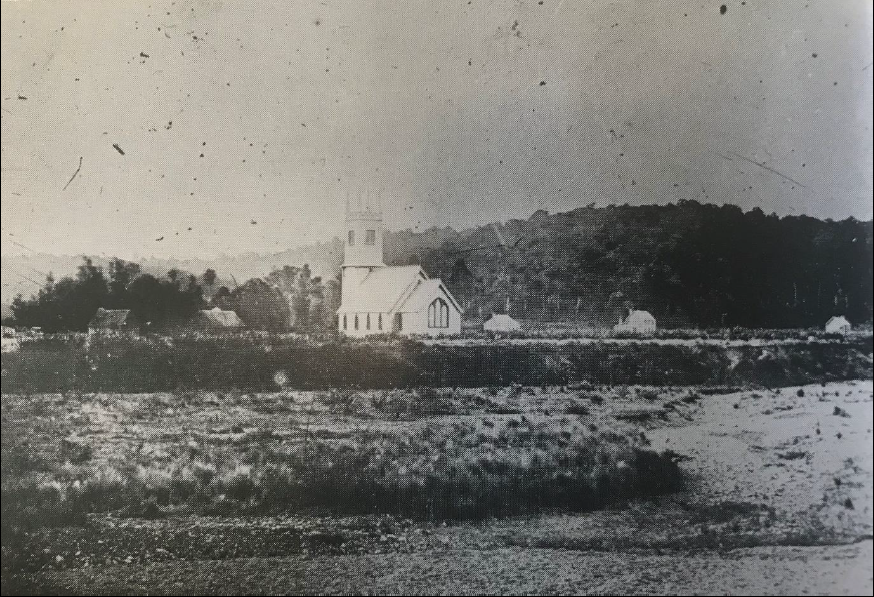
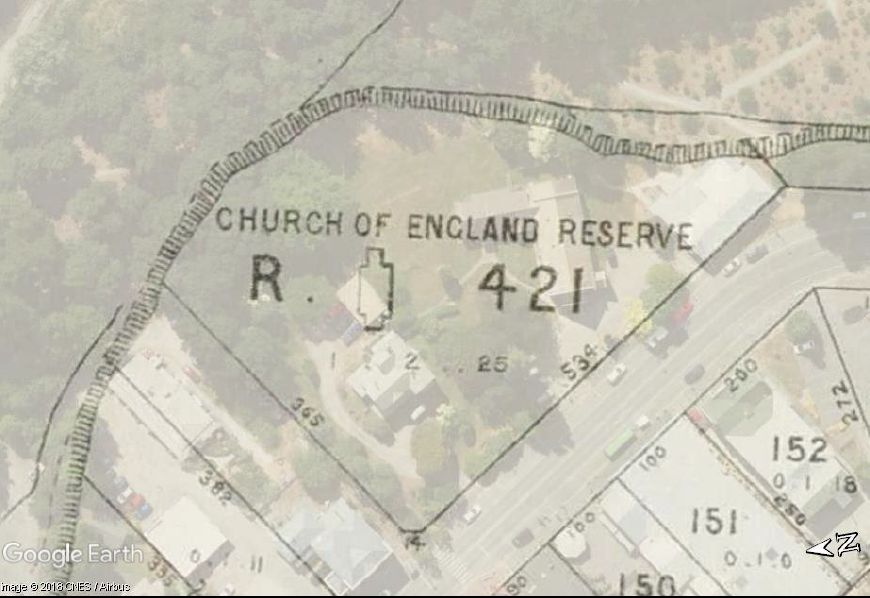
An expanding Township, a new and larger St Mary's Church
As the Geraldine township expanded in the 1870s, the Geraldine congregation quickly outgrew the original St. Mary’s Church. By the time of the annual parishioners meeting in April 1882, plans were already underway to construct a new wooden church on Reserve 421, to the designs of architect Mr. Marley. However, these plans were quickly changed to a stone church designed by architect Marius de H. Duval. Tenders were called for its construction in September 1882, and that of P. Clayton for £1120 was accepted the following October. The foundation stone was laid by Bishop Harper on November the 23rd 1882. The style was described as perpendicular Gothic and there are fifteen large lancet leadlight windows in Cathedral green, while the roof, open Gothic, is composed of six arches with carved moulded principals resting on carved corbels. The building was formally consecrated by Bishop Harper in August 1883. The original St. Mary’s was utilised as a Sunday school room and church hall.
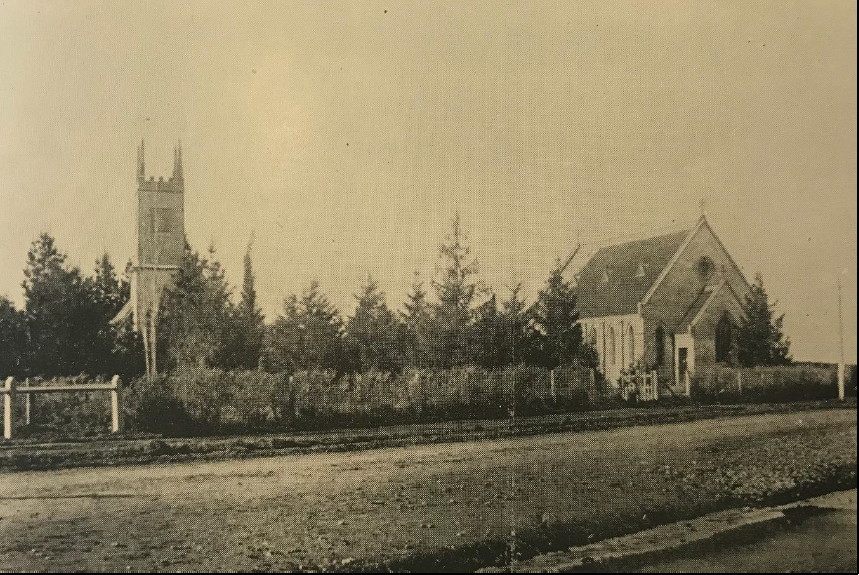
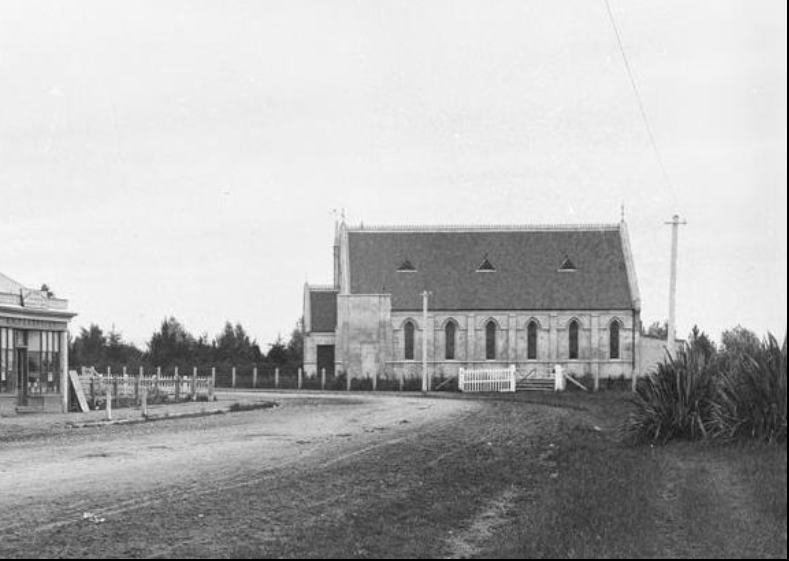
Relocating the Old Church
The vestry became concerned about the danger of fire in 1905, because of the close proximity of the old wooden church to both the vicarage and the new church. Although there had been reluctance to remove the old church in 1899, it was now decided to move the old church to Orari. A photograph taken in 1906 shows the old church building being towed by three traction engines to its new home in Orari. The original church building burnt down in Orari in 1925.
Further development occurred on Reserve 421 during the twentieth century, including the construction of the church hall in 1907, and the extension of the second St. Mary’s Church in 1958. Reserve 421 was re-surveyed in 2017, after which the Vicarage was put up for sale. This is when we bought it and our renovation project began!
